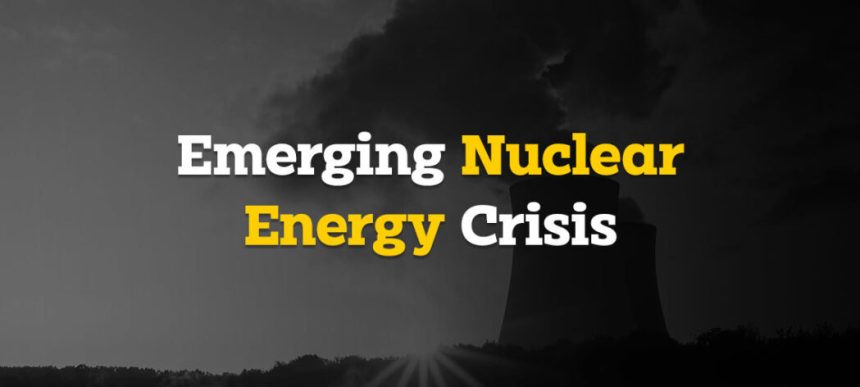Around 30 nations are thinking about, arranging, or beginning atomic power programs. These reach from modern economies to non-industrial countries. Belarus, Bangladesh and Turkey are on the whole building their most memorable thermal energy stations.
EUROPE:
As of March 2022, there is a sum of 173 nuclear power plant units with an introduced electric net limit of 154,563 MWe in activity in Europe (six thereof in the Asian piece of the Russian Federation) and 12 units with an electric net limit of 12,709 MWe were under development in seven nations.

MIDDLE EAST AND North AFRICA:
Nuclear energy development in the Middle East is still in its beginning phases. Presently, there are six nations in the locale with atomic power aspirations. In North Africa, there are just three nations having atomic exploration reactors.

WEST CENTRAL and Southern Africa:
In July 2015 an understanding was drafted by a few nations for participation in the improvement of an incorporated West African local atomic power program, with a three-year activity plan.

South and Central America:
Nuclear power in Latin America is at present overwhelmed by Argentina, Brazil, and Mexico. In any case, there are different countries, including Chile, Bolivia, Venezuela, and Paraguay, considering common atomic development these plans are at a beginning phase.
Also Read: Russia Ukraine Conflict Explained

In Central and South Asia:
There are 35 nuclear reactors currently under construction in Asia.

In South East Asia and Oceania:
In Southeast Asia, regular citizens nuclear or involving atomic innovation for serene reasons first started in the Cold War period (the 1950s) through the mission of “Iota for Peace” by the U.S. President Dwight Eisenhower’s organization (1953-1961).
Arising nations Southe East Asia have shown interest in atomic power as a solid energy source in any case it is costly to develop.

In East Asia:
North Korea has a military nuclear weapons program and, as of early 2020, is estimated to have an arsenal of approximately 30 to 40 nuclear weapons and sufficient production of fissile material for six to seven nuclear weapons per year.

According to data by the International Atomic Energy Agency, two-thirds of the 441 currently active nuclear power plants are older than 30 years.
Also Read: Timeline of Kashmir conflict; from 1947 to 2021
Research Contribution: Aqsa Ghauri






